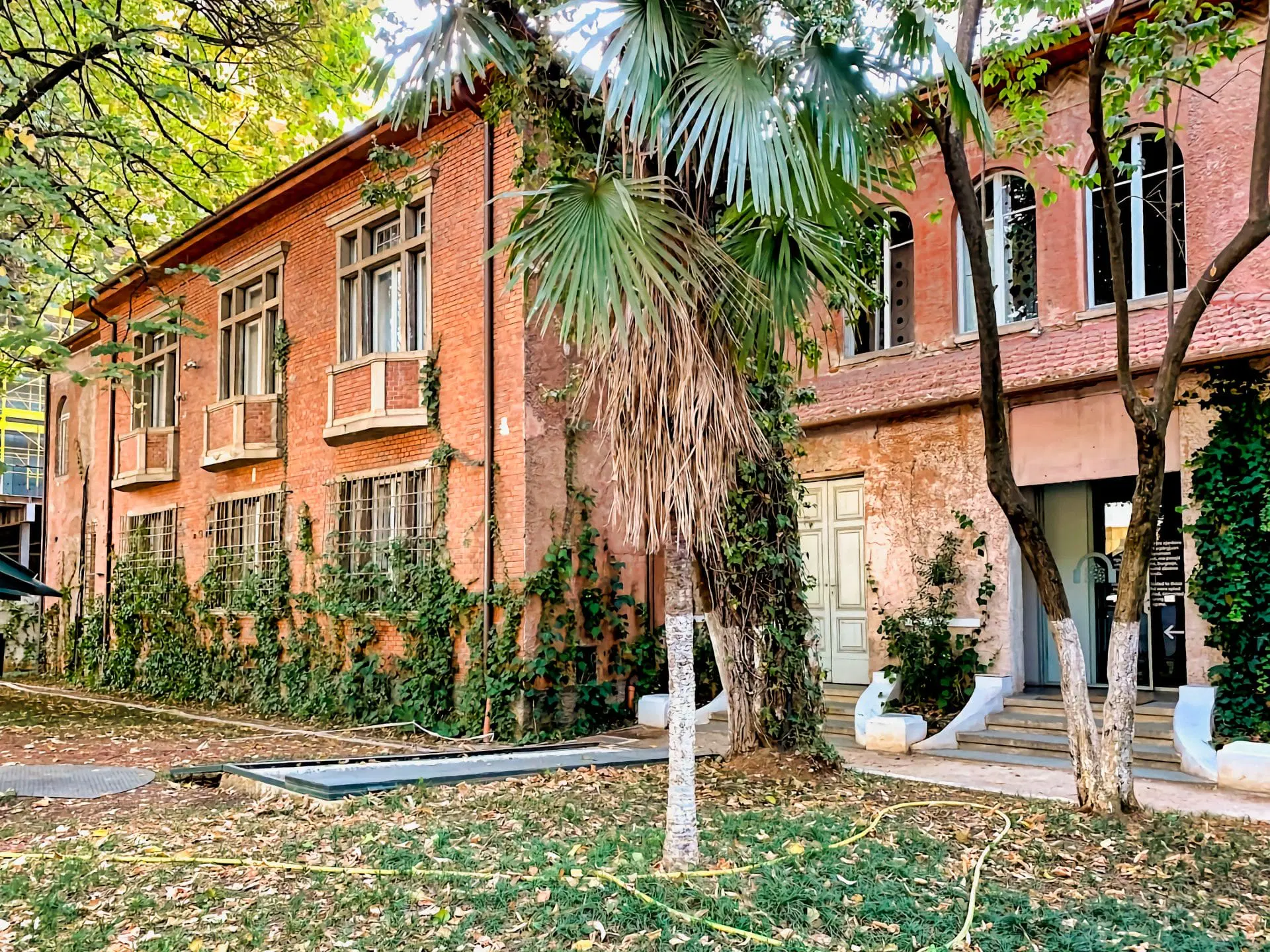The National History Museum (Albanian: Muzeu Historik Kombëtar) is a historical museum in Tirana, Albania. It was opened on 28 October 1981 and is 27,000 square metres in size, while 18,000 square metres are available for expositions. The museum includes the following pavilions: the Pavilion of Antiquity, Middle Ages, Renaissance, Independence, Iconography, National Liberation Antifascist War, Communist Terror, and Mother Teresa.
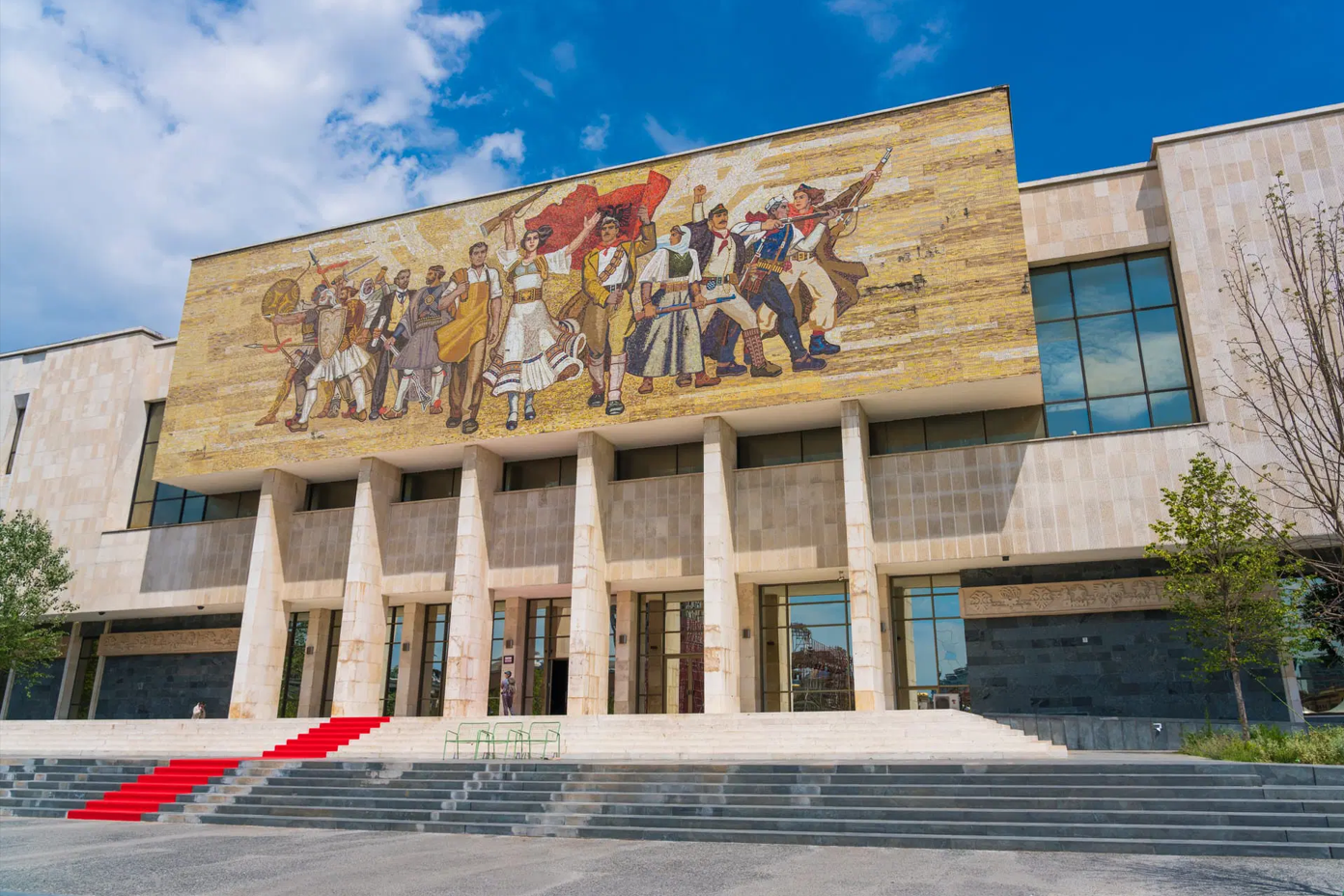

The National Archaeological Museum of Tirana is a must-visit destination for history buffs and those interested in the ancient world. Located in the heart of Albania’s capital city, this museum boasts an impressive collection of artifacts. From prehistoric times to the Middle Ages, the museum offers visitors an incredible journey through time. The museum was established in 1948 and has since become one of the most important cultural institutions in Albania.
Fortress of Justinian (Albanian: Kalaja e Justinianit) or simply known as Tirana Castle (Albanian: Kalaja e Tiranës) is a castle in Tirana, Albania. Its history dates back before 1300 and is a remnant from the Byzantine-era. The fortress is the place where the main east–west and north–south roads crossed, and formed the heart of Tirana. The current fortification has three known towers and it is undergoing a process of restoration, for touristic purposes. Inside the fortified walls of the former fortress, there are many buildings that can be visited, including restaurants, hotels, and cultural institutions
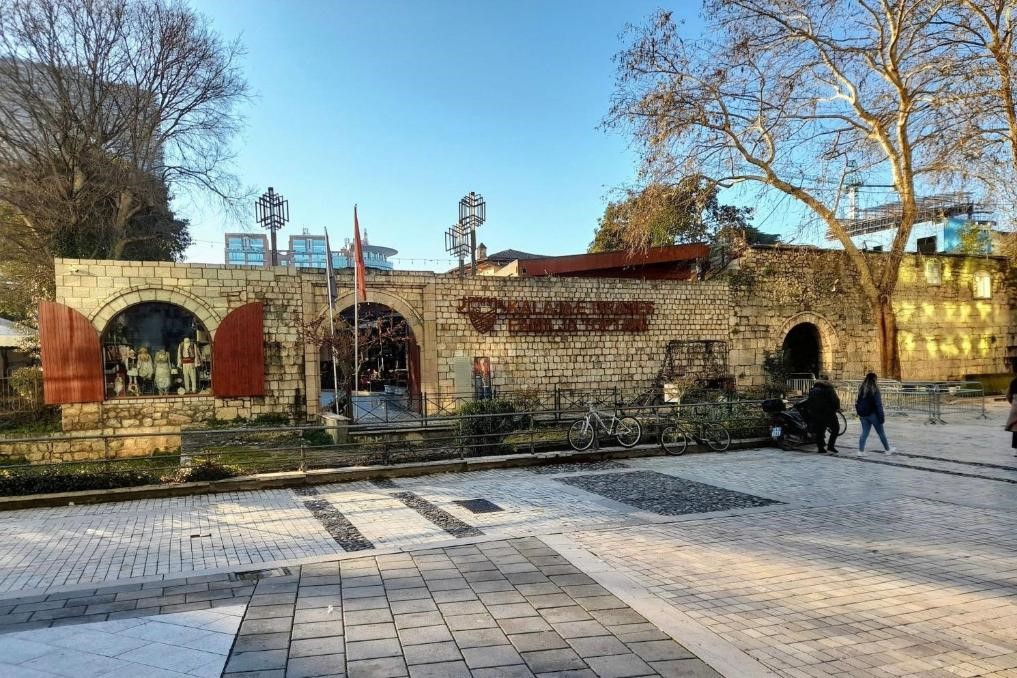
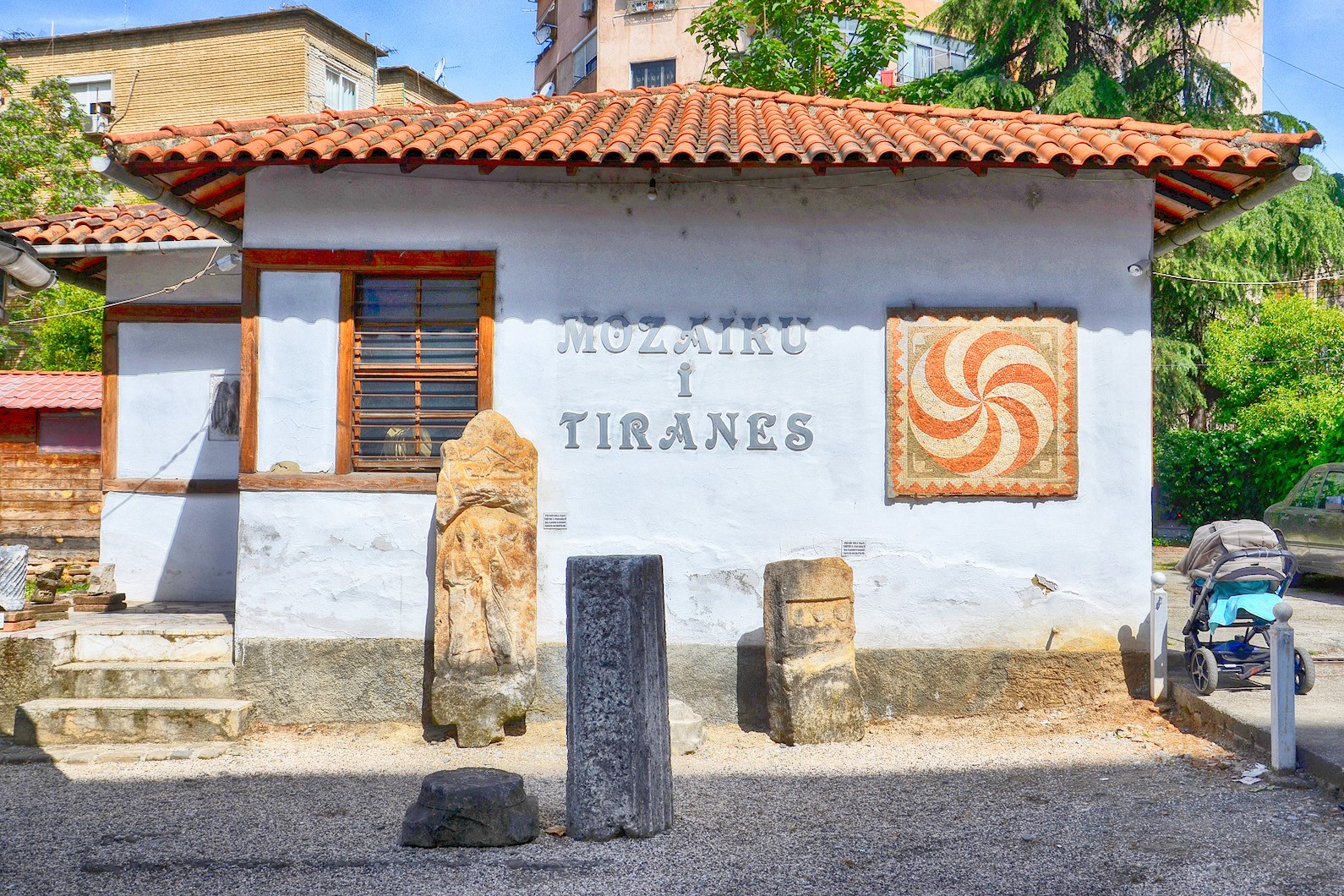
The ruins of this Paleo-Christian Basilica were discovered in 1972. In 2002, some other objects were found around the ruins of the house, and today they form the archaeological complex in Tirana. It is the only archaeological monument within the city.[2] Some of the ancient mosaics discovered at the site that feature diverse geometrical patterns and depict poultry and fish. It was re-opened to the public on 23 January 2010.
The Haji Et'hem Bey Mosque is a mosque in Tirana, Albania, known for its frescoes outside and inside the portico which depict trees, waterfalls and bridges. Closed under communist rule, the mosque reopened as a house of worship in 1991. Without permission from the authorities, 10,000 people attended and the police did not interfere. The mosque consists of an architectural complex together with the Clock Tower of Tirana. Today, tours of the mosque are given daily, though not during prayer service. Visitors must take their shoes off before entering the inner room.
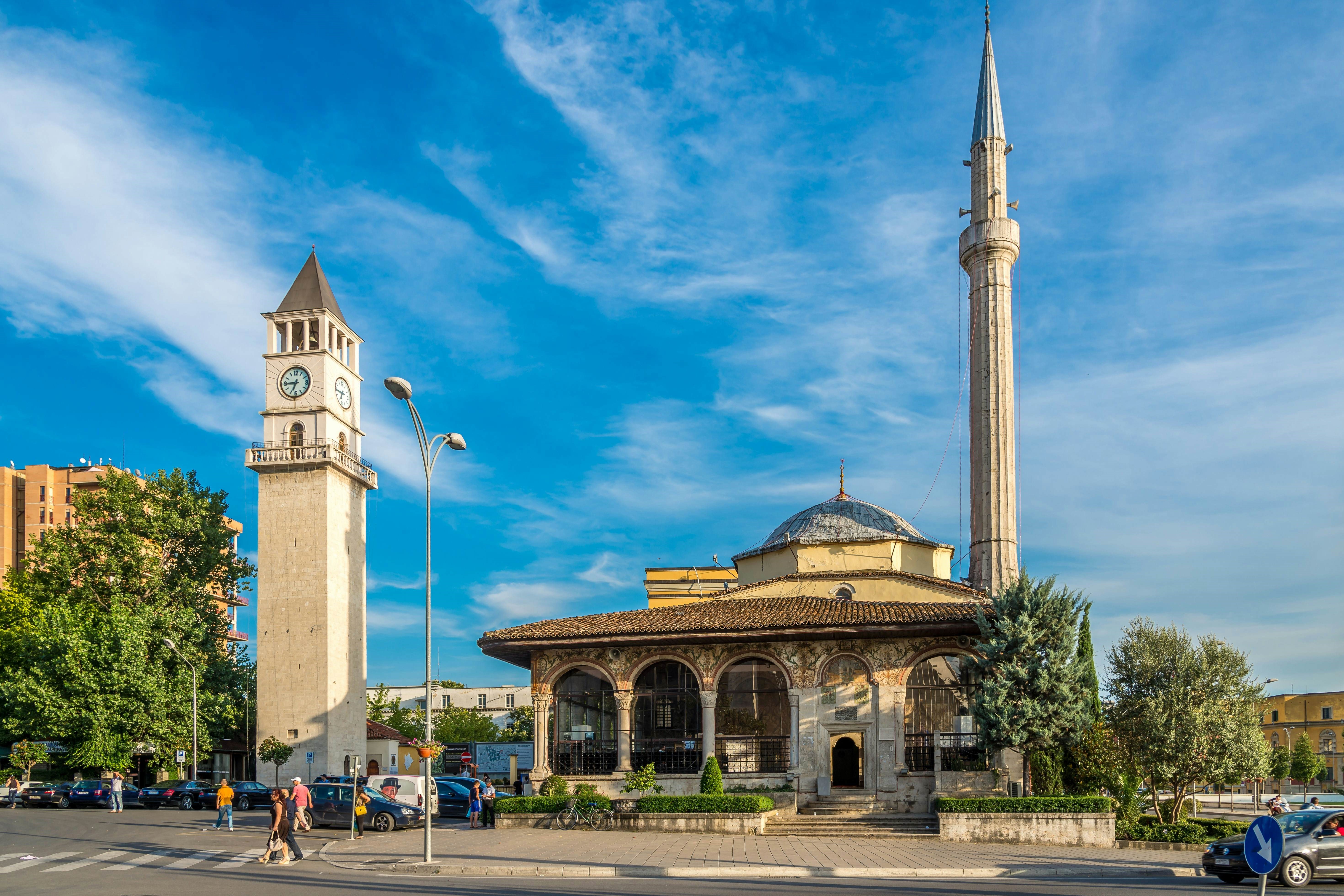
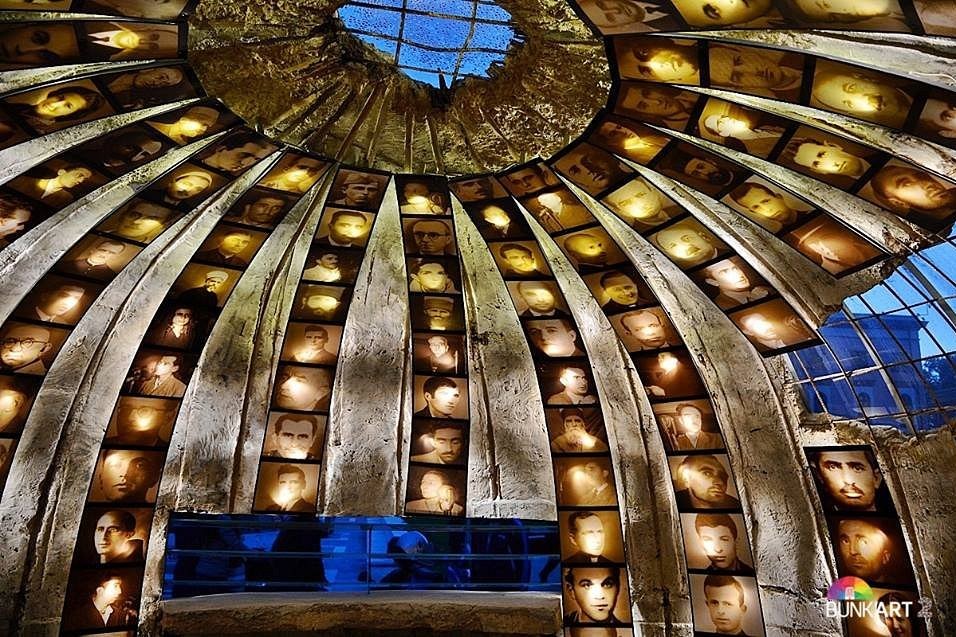
A 5 floor palace underground, with 106 rooms and an assembly hall, now turned into an historical and art center called "BUNK'ART". The passageways, the areas provided for the meetings of the General Staff of the Army in case of war, the rooms where was thought would sleep the communist exdictator Enver Hoxha and the former Prime Minister Mehmet Shehu in case of a nuclear attack, the gigantic hall dedicated to the meetings of the political Bureau which contains also an albanian tipical Buffe are transformed into a video museum exhibition and into art.
The building known as the “House of Leaves” (so called because of the clambering plant covering its facade) has now returned to the Museum of Secret Surveillance. Opened on 23rd of May, it is the newest museum in Albania and certainly the most intriguing one that tries to narrate to young people and to foreigners, one of the darkest periods of the country’s history. Located in the center of Tirana, in front of Orthodox Church: “The Resurrection of Christ” and near the National Bank, the building that temporarily housed Gestapo during the occupation of Albania in WWII was the Central Directorate of the Secret Service from 1944 to 1991.
